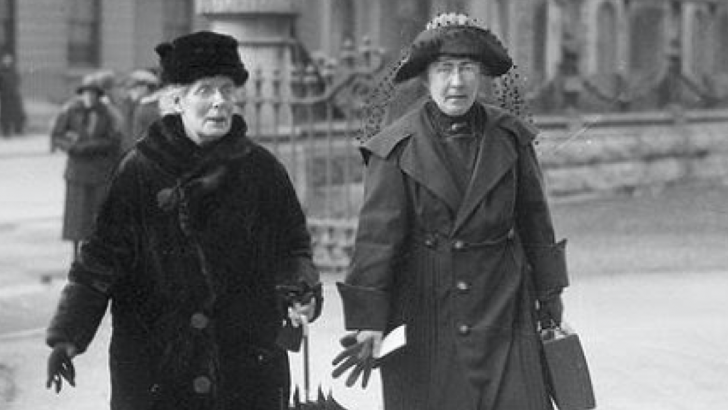Sisters of the Revolutionaries: The story of Margaret & Mary Brigid Pearse, by Teresa & Mary Louise O’Donnell (Merrion Press,€14.99).
This is an excellent account of the sisters of Patrick and Willie Pearse. Since the Pearse sisters died some of the politically motivated commentary on them ranged from the overtly negative to the gratuitously offensive. This book is to be warmly welcomed if only to balance such unfair criticism.
Margaret was born on 4 August 1878, Mary Brigid on 29 September 1888. Both attended the Holy Faith Convent School at Glasnevin, though, owing to ill-health, much of Mary Brigid’s education was at home.
Margaret was close to her brother Patrick and shared his interest in education. In 1905 she accompanied him to Belgium where they visited over a score of public and private schools to observe the bi-lingual teaching.
Patrick had already been impressed by the theories of child-centred education, espoused by Pestalozzi and his student, Froebel. He and Margaret, whose visits were supported by the Belgium Ministry of Instruction, were insistent on visiting the École Froebel, an Antwerp infant school.
Inspired Margaret founded an infant school in the family home. A year later, in 1908, Patrick opened St Enda’s College, a bi-lingual, lay Catholic school for boys, at Cullenswood House, later relocated to the Hermitage in Rathfarnham.
From the outset all the members of the Pearse family assisted in running St Enda’s. Apart from Patrick, Margaret was the key figure in ensuring its success, conducting a preparatory school, teaching French and religion, and acting as matron and keeping in touch with the boys over the summer.
Patrick joined the Irish Volunteers and was sworn into the IRB in 1913; and when he returned from a lecture tour of the US in 1914, was wholly committed to militant nationalism.
Margaret and her mother, who was also very much involved in running St Enda’s, were fully aware of Patrick’s involvement in political activism and the increased military activity in the school. They were privy to the preparations for the Easter Rising. Following the execution of the leaders, including Patrick and Willie, Margaret and her mother continued to support the insurgents and gloried in their sacrifice.
The response of Mary Brigid to the Rising was entirely different to that of her sister and mother. She was somewhat erratic, lived apart from her family and went into the GPO and attempted to persuade her brothers to return home.
She set out on a literary career, publishing a novel in 1917. In the next twenty years she contributed short stories, plays, children’s stories and articles to various journals and magazines. Her book The Home-Life of Pádraig Pearse (1934) exacerbated already strained relations between the sisters as they squabbled over the royalties arising from it.
An accomplished musician, she offered lessons in violin, cello and mandolin in her home. She also arranged a number of Irish airs for voice and piano.
The mother of the Pearses died on 22 April 1932. Mary Brigid died on 13 November 1934. Thereafter Margaret became the public face of the Pearse family legacy. She was elected TD for Fianna Fáil in Co Dublin in 1933; later she was appointed a senator and remained one until her death on 7 November 1968.
Remaining in the public eye as she attended ceremonies in honour of her brothers. She welcomed the Republic of Ireland Bill in 1948, tirelessly promoted the Irish language and was a central figure in the Easter Rising celebrations in 1966.



